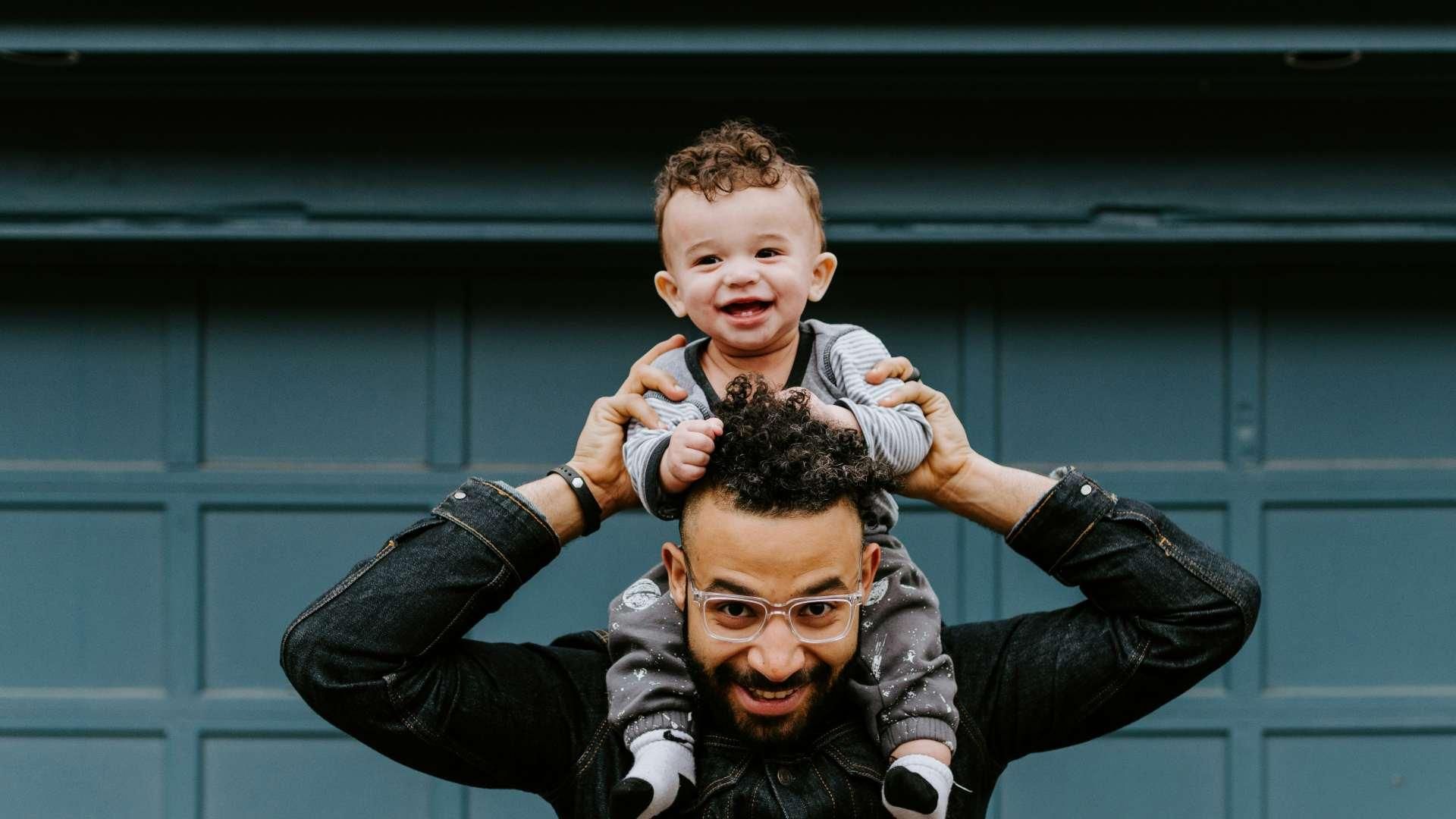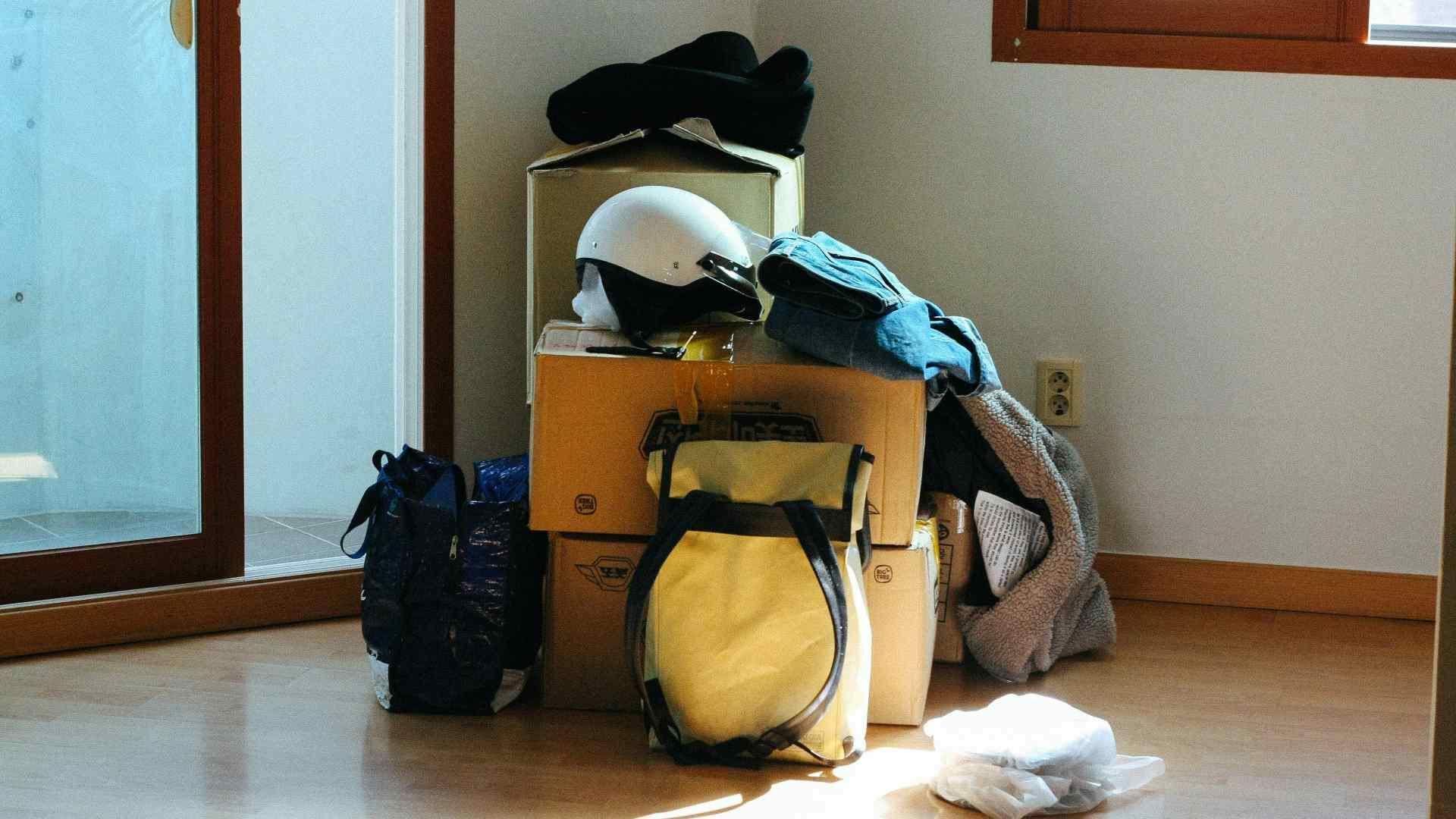Millennials are starting to talk about a phenomenon they have been noticing where their parents are moving in with them once they are established adults.
While people often hear about the trend of older children increasingly living with their parents, this situation reversal has many online talking. Some have come to term this phenomenon “reverse boomerang parents” and data shows it is becoming increasingly common.
Viral TikTok

Lars, a TikToker who goes by the handle @laslayr recently went viral in a now-deleted video talking about how they are dealing with their parents are moving back in.
“They can no longer sustain the lifestyle they’ve lived for 50-plus years and are being forced to move in with me across the country,” Lars said.
Increasingly Common Situation

Data from Pew Research suggests that the number of people living with reverse boomerang parents has been increasing in recent years.
In 2021, 9% of households containing multiple generations were led by people 25 to 34 years old. This is a 6% increase from what that same figure was in 2001.
Only One Who Can Help

In the TikTok video, Lars felt trapped, like they were the only one who could help them. Their video also voiced concerns about how they didn’t receive the same treatment when they were in need.
“I feel like I’m the only person who can help them and is going to help them. But at the same time, where were they when I needed help, when I was in college and I didn’t have any money and no support through that whole process?”
Only Child

In a newly uploaded video, Lars went into detail about the financial situation that led to their parents moving in.
“I’m an only child of Boomers who did not save for retirement… I’m in my late 30’s and my parents are in their early 70’s and we are being faced with these big life changes.”
Generational Housholds

Americans are increasingly living in multi-generational households. The rate of multigenerational households has quadrupled since 1971. It’s not just older parents moving in with adult children either.
Nearly four in ten men aged 25 to 29 live with older relatives. Experts say this multigenerational household proliferation is steadily increasing and shows no signs of slowing down.
What Factors Are Causing Multigenerational Households?

A study conducted on multigenerational living asked adults in this situation what their top reasons for living this way are.
The top answer at 40% of respondents was that financial issues were the primary motivator. 33% of respondents said that caregiving was their major reason, while 28% said this was always the living arrangement that they have had.
Stress on Households

Nearly 25% of adults living in multi-generational households report that this living environment is stressful to them “all or most of the time.”
In Lars’ Tiktok video, they had just moved in with their partner into a house, not having been there even a year. Lars feels like they haven’t gotten to enjoy their adulthood properly.
How People Feel

People living with this type of dynamic reported to Pew Research different feelings they had about the experience of living together.
58% of those polled said they felt the living situation was convenient for them while 54% reported that it felt rewarded. 23% of respondents said that they felt stressful. This question looked at adults 25 or older who live with a parent or grandparent
Buffer Against Poverty

Multi-generational households may be becoming more common as a response to difficult financial circumstances.
People pooling their resources together with family members that they can trust can help them afford more things compared to being on their own. While Lars talked about their experience with their parents moving in with them, the reverse is often the dominant paradigm.
Why Are Boomers Moving Back in With Their Kids?

The data on Boomers seems to back what Lars was asserting in their video. A Federal Reserve survey shows that 49% of people aged 65 to 74 had no retirement savings at all in 2022.
While many people are used to the “older children living with their parents” dynamic, some experts have predicted this wave of older Americans returning to live with their kids was inevitable and a ticking time bomb. As Boomers continue to age, the effects of not having sufficient savings will catch up with them.
Credit Card Debt

One factor that is having an impact on the living dynamics of children and their kids is the creeping amount of credit card debt in America.
In February, Bankrate reported that Americans have more than $1.13 trillion in debt. In a TikTok video, Lars described their own parent’s credit card debt as “a ton.”
